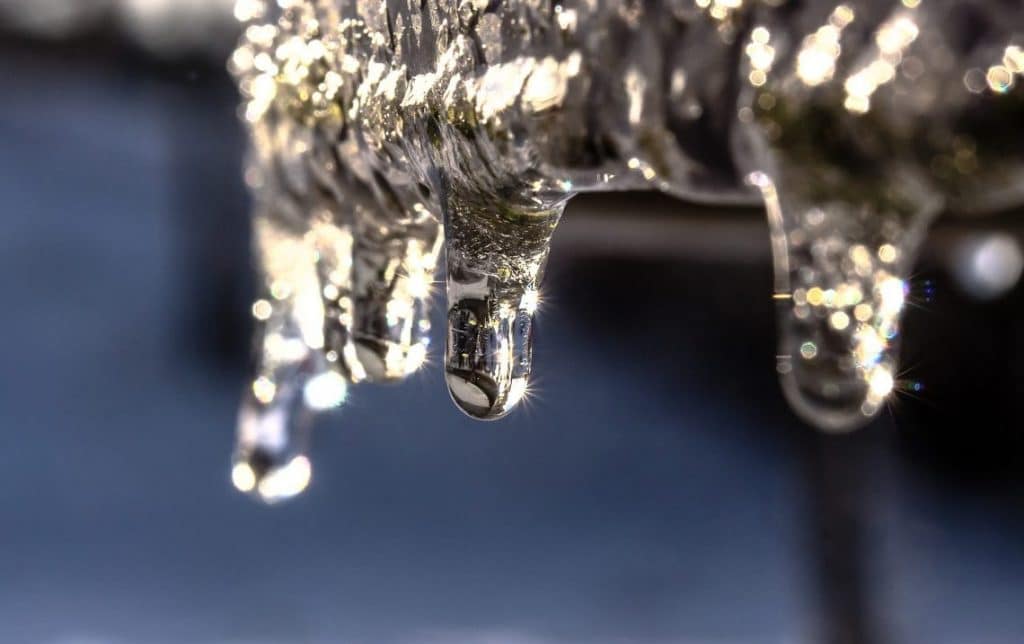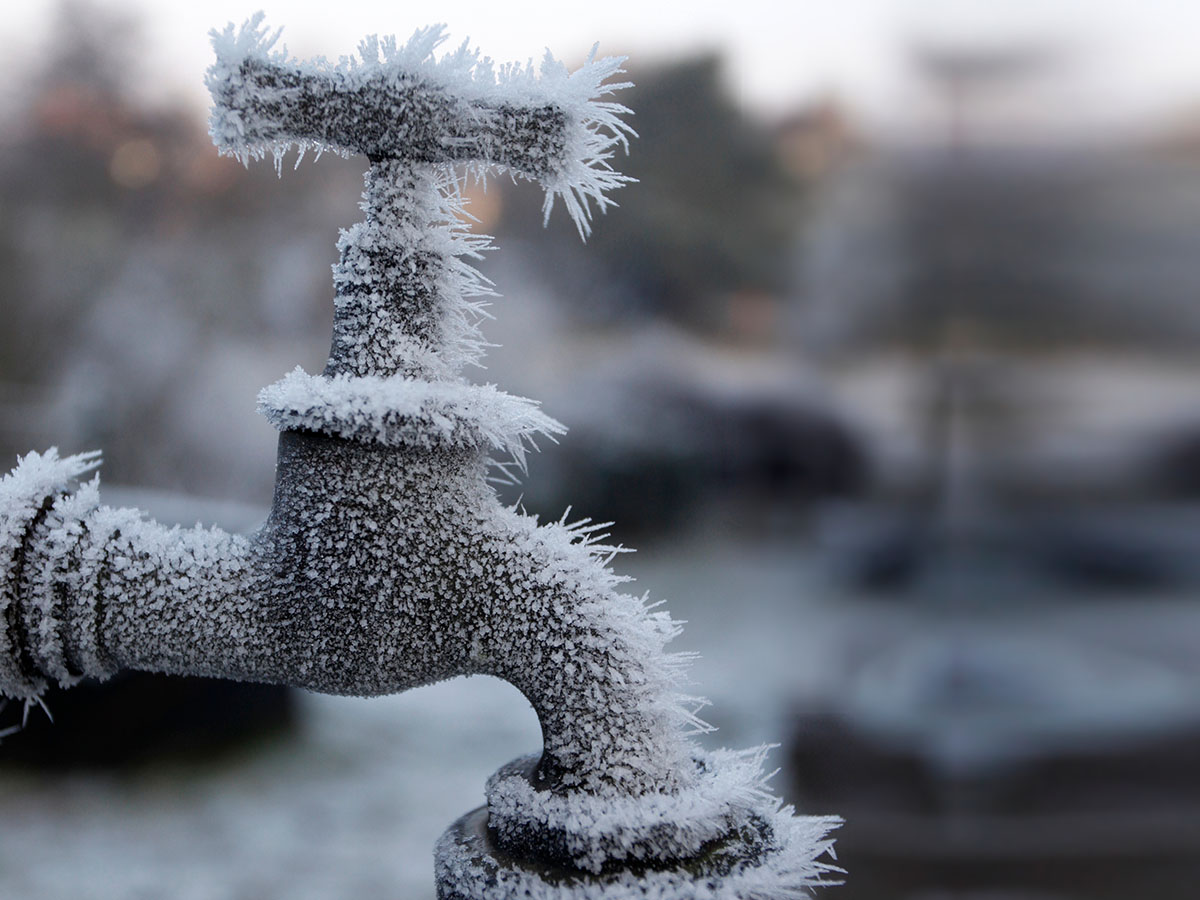Protecting Against Frozen Pipes in Winter: Key Strategies
Protecting Against Frozen Pipes in Winter: Key Strategies
Blog Article
Were you interested in information around How to Prevent Your Pipes From Freezing?

Cold weather can wreak havoc on your pipes, specifically by freezing pipes. Below's just how to stop it from taking place and what to do if it does.
Introduction
As temperatures decline, the danger of icy pipelines boosts, potentially causing costly fixings and water damages. Comprehending how to stop frozen pipelines is important for house owners in cool environments.
Prevention Tips
Shielding at risk pipes
Wrap pipes in insulation sleeves or make use of warmth tape to safeguard them from freezing temperature levels. Focus on pipes in unheated or outside locations of the home.
Home heating techniques
Maintain indoor areas effectively heated, particularly areas with plumbing. Open cupboard doors to enable cozy air to circulate around pipes under sinks.
Exactly how to recognize icy pipelines
Search for lowered water circulation from taps, uncommon odors or sounds from pipes, and visible frost on subjected pipes.
Long-Term Solutions
Architectural changes
Consider rerouting pipelines away from outside wall surfaces or unheated locations. Include additional insulation to attic rooms, basements, and crawl spaces.
Upgrading insulation
Purchase premium insulation for pipes, attics, and walls. Appropriate insulation assists keep regular temperatures and decreases the danger of frozen pipelines.
Protecting Outdoor Plumbing
Garden hoses and exterior taps
Separate and drain pipes yard pipes before winter season. Install frost-proof faucets or cover outdoor taps with protected caps.
Understanding Icy Pipes
What causes pipes to freeze?
Pipelines ice up when exposed to temperatures below 32 ° F (0 ° C) for extended periods. As water inside the pipes ices up, it expands, taxing the pipeline wall surfaces and possibly creating them to rupture.
Dangers and damages
Icy pipes can lead to water supply disturbances, building damage, and costly fixings. Burst pipes can flood homes and trigger substantial architectural damages.
Indicators of Frozen Pipes
Identifying frozen pipelines early can stop them from breaking.
What to Do If Your Pipelines Freeze
Immediate activities to take
If you presume icy pipes, keep taps open up to soothe stress as the ice thaws. Make use of a hairdryer or towels taken in warm water to thaw pipelines gradually.
Final thought
Preventing icy pipes requires proactive measures and quick responses. By comprehending the causes, indicators, and safety nets, house owners can secure their plumbing throughout cold weather.
Helpful Tips to Prevent Frozen Pipes this Winter
UNDERSTANDING THE BASICS: WHY PIPES FREEZE AND WHY IT’S A PROBLEM
Water freezing inside pipes is common during the winter months, but understanding why pipes freeze, and the potential problems it can cause is crucial in preventing such incidents. This section will delve into the basics of why pipes freeze and the associated problems that may arise.
THE SCIENCE BEHIND FROZEN PIPES
When water reaches freezing temperatures, it undergoes a physical transformation and solidifies into ice. This expansion of water as it freezes is the primary reason pipes can burst. As the water inside the pipe freezes, it expands, creating immense pressure on the walls. If the pressure becomes too great, the pipe can crack or rupture, leading to leaks and water damage.
FACTORS THAT CONTRIBUTE TO PIPE FREEZING
Low Temperatures: Extremely cold weather, especially below freezing, increases the risk of pipes freezing. Uninsulated or Poorly Insulated Pipes: Pipes located in unheated areas, such as basements, crawl spaces, or attics, are more prone to freezing. Insufficient insulation or lack of insulation altogether exacerbates the problem. Exterior Wall Exposure: Pipes running along exterior walls are susceptible to freezing as they encounter colder temperatures outside. Lack of Heating or Temperature Regulation: Inadequate heating or inconsistent temperature control in your home can contribute to frozen pipes. PROBLEMS CAUSED BY FROZEN PIPES
- Pipe Bursting: As mentioned earlier, the expansion of water as it freezes can cause pipes to burst, resulting in significant water damage.
- Water Damage: When pipes burst, it can lead to flooding and water damage to your property, including walls, ceilings, flooring, and personal belongings.
- Structural Damage: Prolonged exposure to water from burst pipes can compromise the structural integrity of your home, leading to costly repairs.
- Mold and Mildew Growth: Excess moisture from water damage can create a favorable environment for mold and mildew growth, posing health risks to occupants.
- Disrupted Water Supply: Frozen pipes can also result in a complete or partial loss of water supply until the issue is resolved.
WHY CERTAIN PIPES ARE MORE PRONE TO FREEZING
- Location: Pipes located in unheated or poorly insulated areas, such as basements, crawl spaces, attics, or exterior walls, are at higher risk of freezing.
- Exterior Pipes: Outdoor pipes, such as those used for irrigation or exposed plumbing, are particularly vulnerable to freezing as they are directly exposed to the elements.
- Supply Lines: Pipes that carry water from the main water supply into your home, including the main water line, are critical to protect as freezing in these lines can affect your entire plumbing system.
- Underground Pipes: Pipes buried underground, such as those connected to sprinkler systems or outdoor faucets, can be susceptible to freezing if not properly insulated.
https://busybusy.com/blog/helpful-tips-to-prevent-frozen-pipes-this-winter/

Hopefully you enjoyed reading our article on How to prepare your home plumbing for winter weather. Thanks so much for taking time to read our article. Sharing is good. You never know, you may be doing someone a favor. Thanks for going through it.
Get Started Report this page